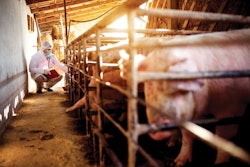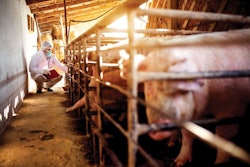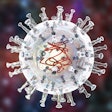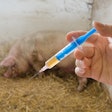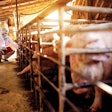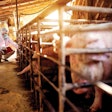The National Pork Board (NPB) is working together with key industry partners including the National Pork Producers Council (NPPC), in actively developing a comprehensive National Swine Health Strategy.
“NPB recently conducted a producer survey, and 98% of producers identified swine health as important to the future success of the industry,” said Meredith Petersen, DVM, Ph.D., MPH, and director of swine health for NPB.
This feedback shapes NPB’s three-year strategic plan, which aims to improve the lives of pigs and people, with a clear goal of achieving a measurably healthier swine herd.
“It was time to re-evaluate the six African swine fever priorities and potentially broaden the scope of the topics we work on,” said Anna Forseth, DVM, director of animal health for NPPC.
This new strategy will address a wider range of health challenges.
“Pork producers care about the health and welfare of the pigs they raise,” said Patrick Webb, DVM, assistant chief veterinarian for NPB. “Endemic diseases pose real challenges that tangibly affect the pigs’ health, production, and the producers’ bottom line. Looking at the numerous opportunities to improve swine health across the industry, these national resources must be allocated strategically to provide the best return on investment, and that is where the National Swine Health Strategy comes in.”
Currently, efforts to improve swine health can feel scattered. Initiatives in many areas, from barn innovation and diagnostics to nutrition, biosecurity, and FAD preparedness, are all in place. The National Swine Health Strategy aims to pull these diverse efforts together, creating a more aligned and cohesive framework that directly tackles the industry’s most pressing health challenges.
By gathering extensive input from producers across all types of operations – independent producers, integrated producer-packers show pig producers, niche and specialty producers, and contract growers, grassroots voices are heard.
“The key first step is getting producer and stakeholder input, collecting it throughout the summer,” Petersen said. “We ask about top swine health challenges and how we can address them.”
Swine veterinarians, nutritionists, allied industry members, swine educators and outreach professionals are also being surveyed to gain a comprehensive understanding of current and future swine health challenges and how the industry can best provide support.
This vital data collection phase is open until September 1. It includes online and phone surveys, one-on-one conversations, and listening sessions at industry events and open forums. State pork associations will be instrumental in facilitating this outreach, ensuring broad participation from across the country.
After input gathering, a diverse advisory group has been formed to guide the strategy’s direction. This group includes producer leaders representing various segments of the industry, state pork association executives, the CEOs of NPPC and NPB, and their lead swine veterinarians. Their role is to review the aggregated survey results and insights, then use this industry input to prioritize the most critical swine health challenges. The development of this strategy is on a fast track, with an update on progress scheduled for delegates at the 2026 Pork Forum.
The completed National Swine Health Strategy is expected to provide clear direction and a set of priorities that have broad industry support.
When complete, sharing the advisory group’s priorities presents an opportunity to shape the future of swine health in the U.S. If you have questions regarding the National Swine Health Strategy or would like to take the survey over the phone, contact the NPB service center at +1.800.456.7675. Producers can also complete this short online survey before September 1.

